|
GEORGIA AGENCIES PARTNER TO HOST FERAL SWINE EDUCATION EVENTS Feral swine have become increasingly detrimental in Georgia, causing significant damage to agricultural crops and natural resources throughout the state. The economic impact of damage caused by feral swine in Georgia is estimated at $150 million. A group of agricultural and natural resource organizations are partnering to bring Georgia’s top experts on feral swine together in a series of educational workshops for farmers and landowners.
The partnering agencies will host two separate workshops and trapping demonstration opportunities on the following date: May 20 at the Southeast Georgia Research and Education Center in Midville, GA o Morning Workshop at 8:45 am- 12:00 pm o Afternoon Workshop at 1:45 pm- 5:00 pm Topics will include disease issues, swine biology, economics, water quality issues, effective control techniques, transport issues, and regulations to be followed by a question and answer panel of experts. Each workshop will also include a feral swine trapping demonstration. Partnering agencies for this effort include the U.S. Department of Agriculture (USDA) Natural Resources Conservation Service, USDA Wildlife Services, Georgia Association of Conservation Districts, Georgia Department of Natural Resources - Wildlife Resources Division, Georgia Department of Agriculture, University of Georgia Warnell School of Forestry & Natural Resources and Brier Creek Soil and Water Conservation District. There is no cost to attend the workshops, but space is limited. Pre-registration is required. COVID precautions will be followed. Additional workshop opportunities will be announced soon. More details and registration information is available at www.GACD.us/events.
0 Comments
Thanks to the UGA Extension service for this great life hack video. Got extra eggs? Keep watching... It's not to late to plant a fall or winter crop! Greens, Lettuce, Broccoli, carrots, etc.. will do great as a fall and winter crop. Check out our planting 'hack' for tiny seeds. Click on the Flyer link below to see details!
Pruning Workshop |
|||||||||
|
Dog Years
(dog’s age according to the calendar) 1 2 3 4 5 6 7 8 9 10 11 12 13 14 15 16 |
Human Years
(dog’s age in equivalent human years, based on stage of development/aging) 15 24 28 32 36 42 47 51 56 60 65 69 74 78 83 87 |
Original Article from Farmers Almanac: https://www.almanac.com/content/dog-age-chart-dog-years-human-years?trk_msg=S2J77V6IEER4P9MG24NQ6843M4&trk_contact=C333R4VV2FTM5OOP5T9FKMTR24&trk_sid=Q96L2EQF8TMQ6IS46B83J4VO2O&utm_source=Listrak&utm_medium=Email&utm_term=Dog+Age+Chart%3a+Dog+Years+to+Human+Years+(read+more)&utm_campaign=Companion+Weekly&utm_content=WEEKLY

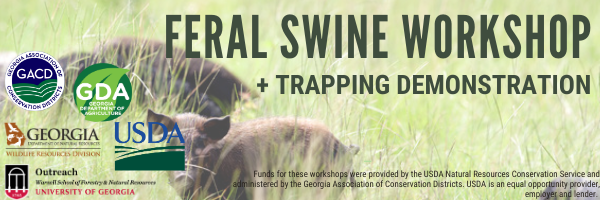

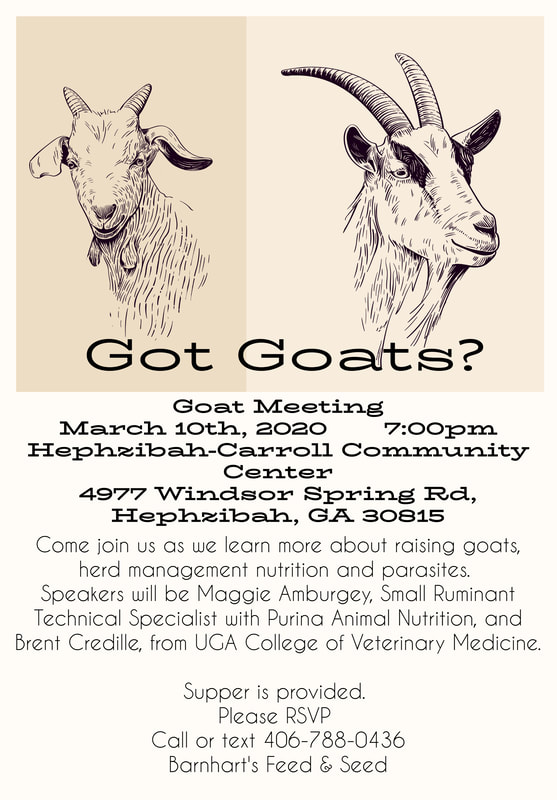
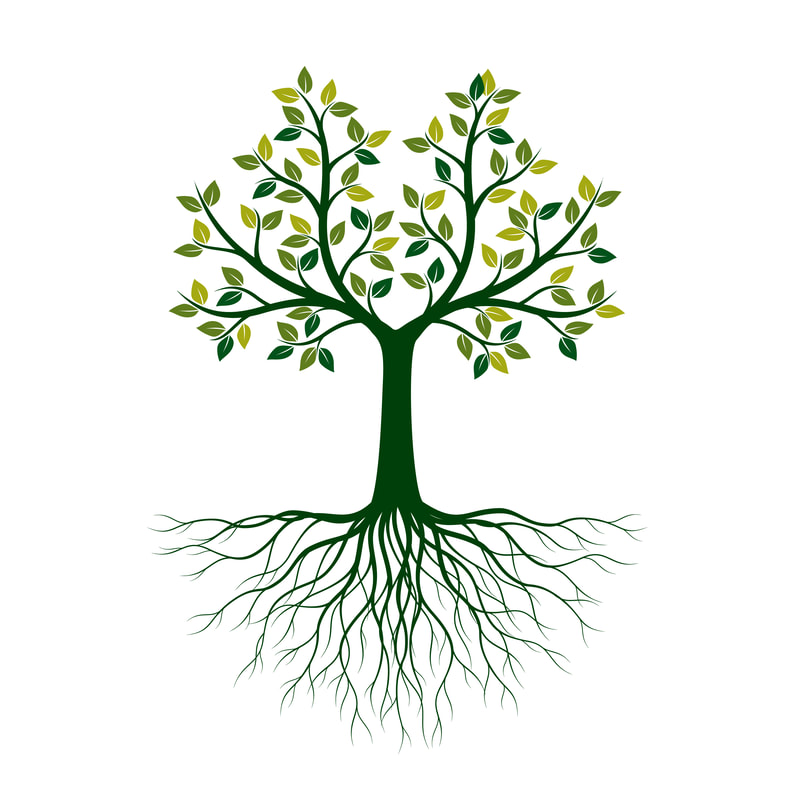
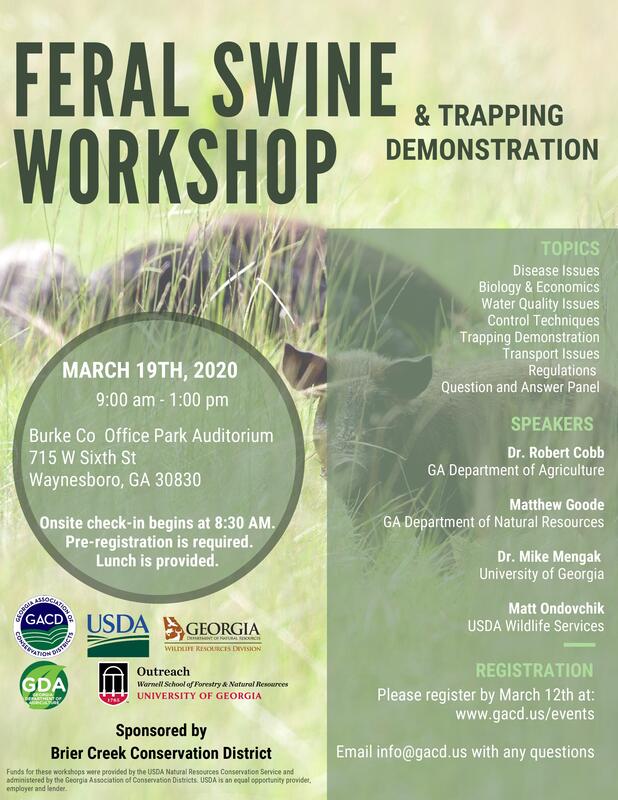
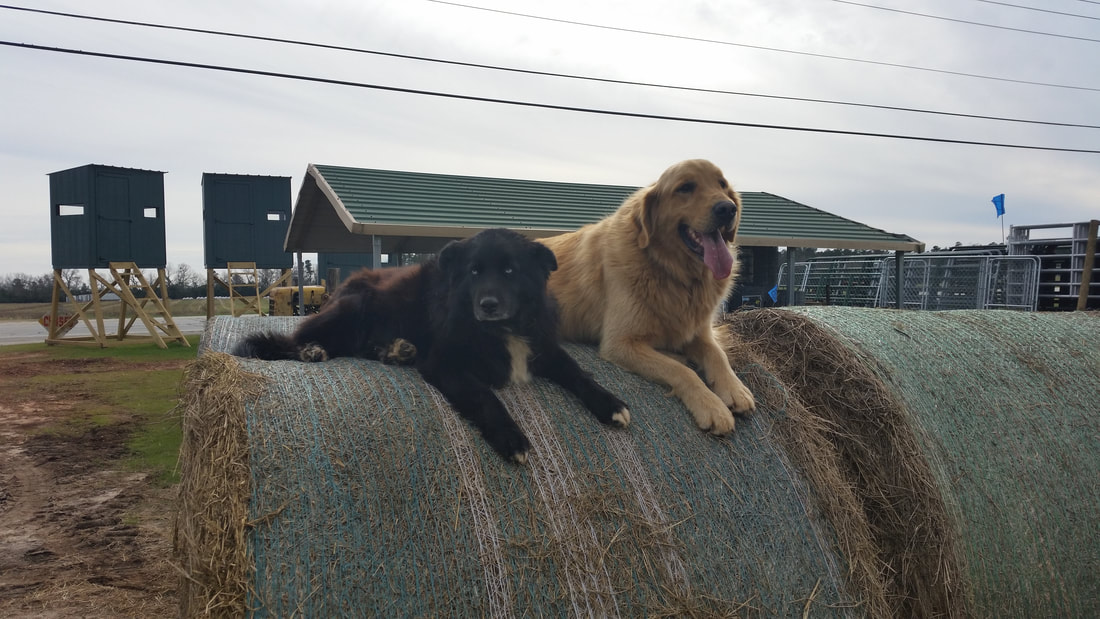
 RSS Feed
RSS Feed